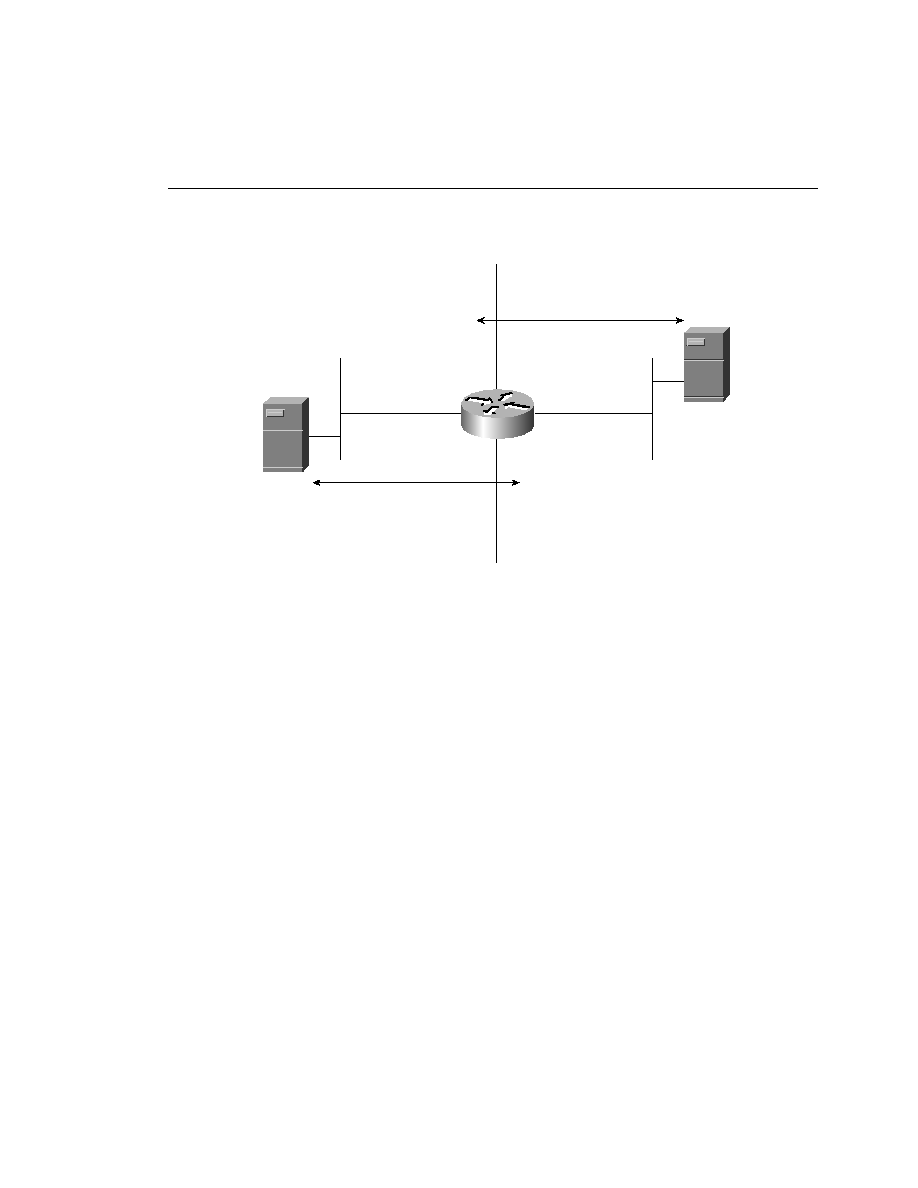
NAT Configurations 343
Figure 11-6
Overlapping Address Definitions
In Figure 11-6, both networks are using the 10.0.0.0/24 network. "My Network" is being
translated to the 222.2.2.0/24 network, and the "Other Network" is being translated to the
111.1.1.0/24 network.
NAT Configurations
There are five general configurations that are used for NAT--simple, static, overload, overlap,
and load distribution. In all cases, you should recognize that the general syntax is essentially
the same for each configuration. In addition, though, you should pay particular attention to
the arguments that are added to indicate which configuration is being used. As a sample
configuration, assume that you need to convert a simple translation to an overloaded translation.
To do this, you would add the keyword overload to the end of the NAT translation statement.
Overall, each configuration shown in the sections that follow has the same elements:
Step 1
Declare the address pool that will be used for the translation.
Step 2
Define the translation.
Step 3
Define the interfaces that will participate in NAT.
Step 4
Define the addresses that will be translated.
Outside Local
111.1.1.1
NAT
router
Outside Global
10.0.0.1
10.0.0.1
Inside Local
222.2.2.1
Inside Global
INSIDE
MY NETWORK
OUTSIDE
